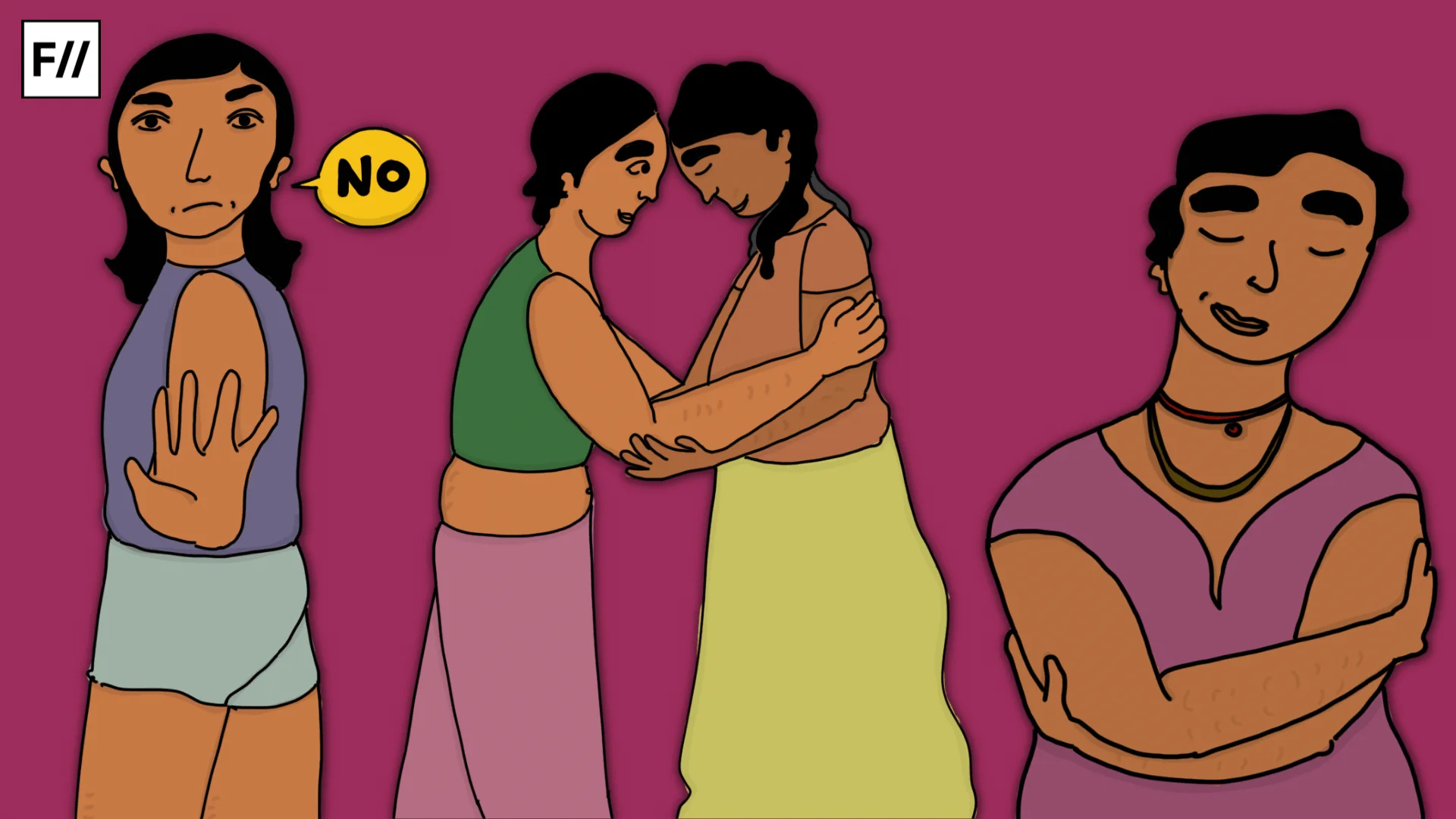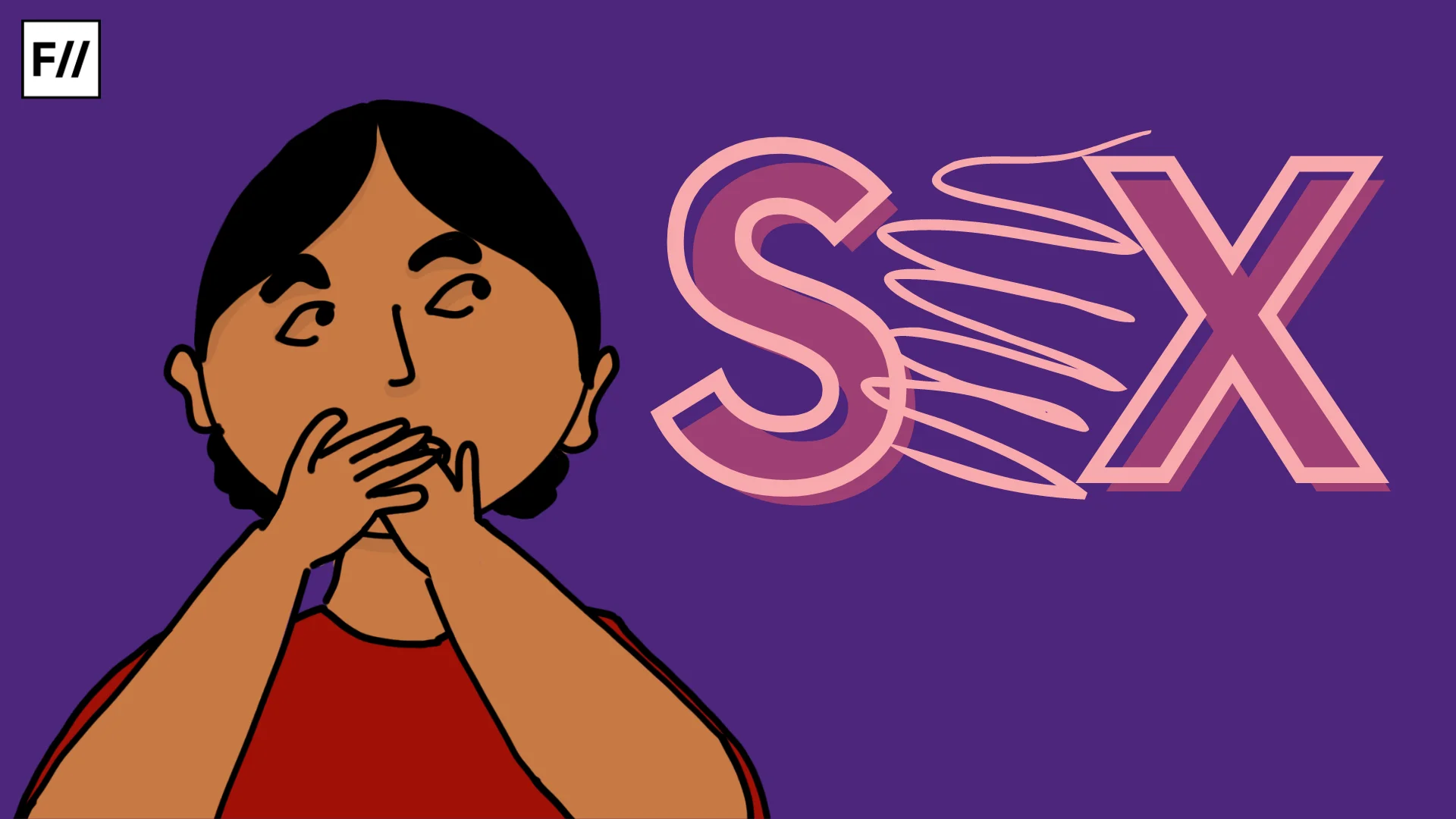Editor’s Note: FII’s #MoodOfTheMonth for June 2022 is Pride Solidarity. We invite submissions on the many layers of this theme throughout the month. If you’d like to contribute, kindly refer to our submission guidelines and email your articles to sukanya@feminisminindia.com
Bisexual individuals are people who are romantically and/or sexually attracted to more than one gender or sex. They represent the B within the LGBTQIA+ spectrum. A study by Salway et. al, conducted in 2019, finds that out of all the sexual orientations, bisexual individuals experience relatively more turbulence in mental health.
The reasons for this can be traced back to discrimination that people from the bisexual community face from both the homosexual and heterosexual communities. This can often result in a feeling of alienation, due to the lack of a support system or community to lean on.
A frequently circulated and harmful stereotype regarding bisexual individuals is that, they are simply confused and that their bisexuality is a phase, and possibly part of the journey toward identifying as straight, gay, lesbian, or other orientations. This is jeopardous as it invalidates an individual’s sexuality and denies them the right to live as their true, authentic selves.
Comments like “It’s just a phase,” “You need to pick between boys or girls, you can’t like both,” “Make up your mind”, all haul the load of invalidation. Many bisexual individuals also have had to suffer through belittling and crude remarks passed off as supposed humour. People, often in the name of whimsy, say things like “That’s hot!” or “Oh, so you want to have a threesome?”, in repsonse to a bisexual person’s sexuality. Such comments perpetuate the stereotype that bisexual people are hypersexual, and this can be an exhaustive narrative to combat

Such attitudes can lead to bisexual people hiding their sexuality and refraining from confiding their sexual orientation to others. The consequence of this could be mental health concerns and feelings of isolation. As reported by The University of Alabama at Birmingham, bisexual individuals are said to be likely to hide their sexuality six times more than gay men and lesbians.
Along with this, around one-quarter of bisexual individuals are said to have shared their sexuality with no one. Biphobia, which is the dislike or prejudice against bisexual people, continues to be pervasive. This attitude towards bisexual individuals, especially from within the LGBTQIA+ community, which is supposed to be a safe space, is counterintuitive.
UC San Diego’s LGBT Resource Center explains the same by stating, “Lesbian, gay, and heterosexual people are invested, and find a sense of security in being the ‘other’ to each other, and unite in the fact that they are only attracted to either the ‘same’ or the ‘opposite’ gender/sex. This sets up another ‘us’ vs. ‘them’ dynamic which effectively marginalises bisexual people as ‘other. Integral to this dynamic is the automatic assumption people can be defined by the gender/sex of their current or potential romantic interest.”
Also read: Representation Of Bisexuality In Pop Culture: From Sex And The City To The Bold Type
Bi erasure can be defined as “the existence or legitimacy of bisexuality (either in general or regarding an individual) questioned or denied outright,” according to a national organisation that fights defamation of people in the LGBTQIA+ community known as GLAAD. Examples of bi-erasure include downplaying or attempting to reduce bisexuality to a phase. This could be done by expecting individuals to label their sexuality in a way that reflects their present relationship, such as classifying a bi woman in a relationship with a man as straight.
Comments like “It’s just a phase,” “You need to pick between boys or girls, you can’t like both,” and “Make up your mind”, all haul the load of invalidation. Many bisexual individuals also have had to suffer through belittling and crude remarks passed off as supposed humour. People, often in the name of whimsy, say things like “That’s hot!” or “Oh, so you want to have a threesome?”, in response to a bisexual person’s sexuality. Such comments perpetuate the stereotype that bisexual people are hypersexual, and this can be an exhaustive narrative to combat.

Why does bi-erasure occur? According to Brian A. Feinstein, Ph.D., an associate professor of psychology at Rosalind Franklin University of Medicine and Science, many people think within strict binary black and white terms. Such an inflexible way of thinking leads people to believe that a person is straight or that they are gay or lesbian, with no space for any other kind of sexuality that would fall in between
Gender too puts a spin on the nature of disrespect that bisexual people face. Invalidation can also be through the sexualisation of one’s sexual orientation, as in the case of bisexual women. In our society, women having sexual relations with both genders are branded as “hot” and again, this is often written off as a “phase” that they are going through, due to knowing no better and wishing to “experiment”. This grossly disrespects and subverts the seriousness of a woman’s sexuality.
Similarly, when a man identifies as bisexual, they are stamped as gay and perceived as a person who is just not ready to come out of the closet as gay yet. Invalidating a person’s sexuality can lead them to have an identity crisis, be confused and force them to experience a lack of sense of belonging. These can be the consequences of the continued intolerance and ignorance toward the bisexuality spectrum.

Why does bi-erasure occur? According to Brian A. Feinstein, Ph.D., an associate professor of psychology at Rosalind Franklin University of Medicine and Science, many people think within strict binary black and white terms. Such an inflexible way of thinking leads people to believe that a person is straight or that they are gay or lesbian, with no space for any other kind of sexuality that would fall in between.
Feinstein further states to ‘Health’, “I think, for some people, it’s hard to get their heads around this idea that sexual orientation doesn’t have to be either-or, that it’s not only being attracted to people of the same gender or people of another gender but that you could be attracted to more than one different type of person.”
Sexual orientation does not have to be this or that, sexuality does not have to be bifurcated as heterosexual or homosexual. Sexuality is a spectrum and we must accept, understand and support individuals who express themselves.
Also read: Bisexuality Awareness Week: What It Means To Be A Bisexual Man In India
Featured Image Source: Gaylaxy Magazine
About the author(s)
Naureen is passionate about social politics, sustainable development and impact-driven economics.




